Just Scratching the Surface of the New Jersey Pinelands
November 2025
New Jersey Pinelands, The Essential Three
The New Jersey Pinelands National Reserve (also known as the New Jersey Pine Barrens) is a 1.1-million-acre protected region in southern New Jersey. It was established in 1978 as America’s first National Reserve, containing forests, wetlands, historic industrial villages, rivers, coastal ecosystems, wildlife management areas, state forests, and federal refuges.
- November 13, 2025
- ~ 79 mi
- ~ 5.5 hrs
So we already knew we would only scratch the surface exploring this enormous Reserve while staying in the area. We did our homework and chose Batsto Village Historic Site, Wharton State Forest, and Edwin B. Forsythe National Wildlife Refuge to visit, illustrating the in-depth story of the Pinelands.
Batsto Village, A Glimpse into Iron, Glass, and Cranberries
- November 13, 2025
- 3.98 mi
- 1:39:28 hrs
- 52 °F
Our first stop inside the Pinelands was Batsto Village Historic Site, a town that has undergone numerous transitions before being designated as a historic site.
It all began in 1766 with the production of iron, which supplied the Continental Army. In 1855, the furnace shut down. The community redirected its focus to glassmaking around 1846, but these operations ceased by 1867. The most significant change occurred in 1876, when Joseph Wharton purchased the estate and focused on farming. That era left behind the structures, including the Gristmill and the Sawmill. In 1971, Batsto Village was officially added to the National Register of Historic Places.
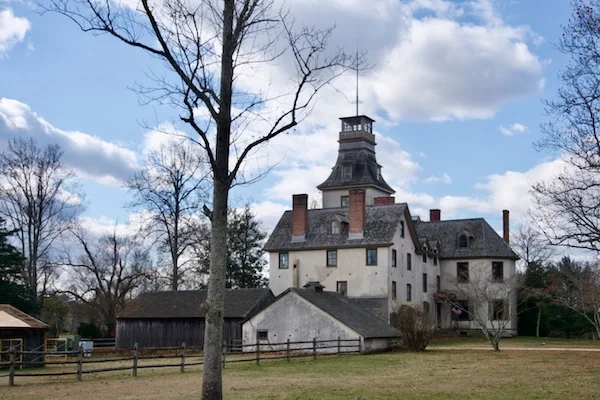


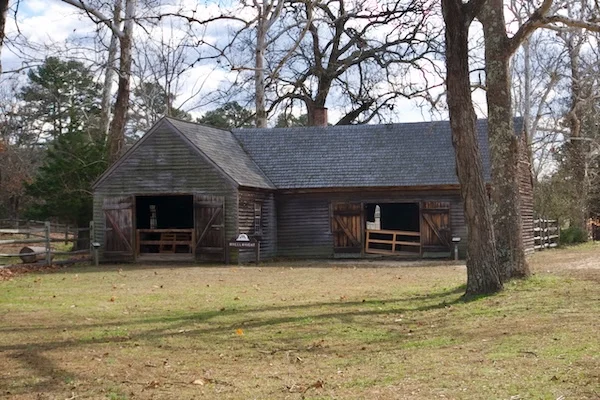
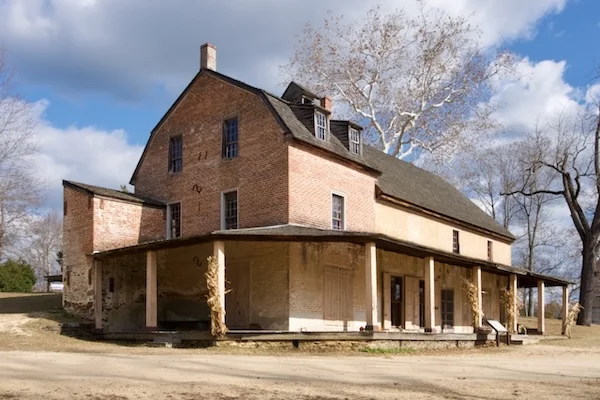
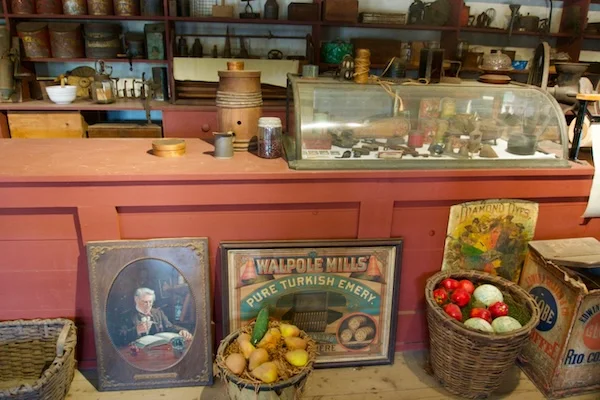
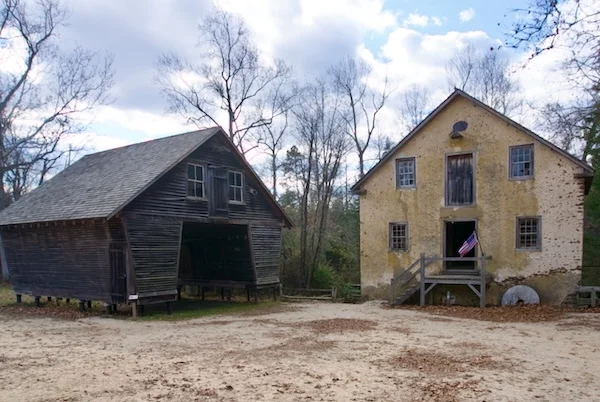
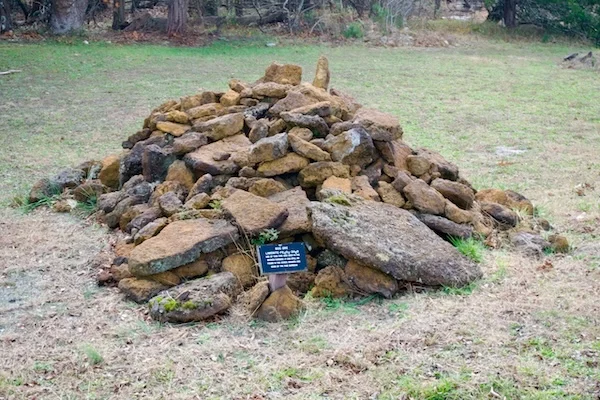
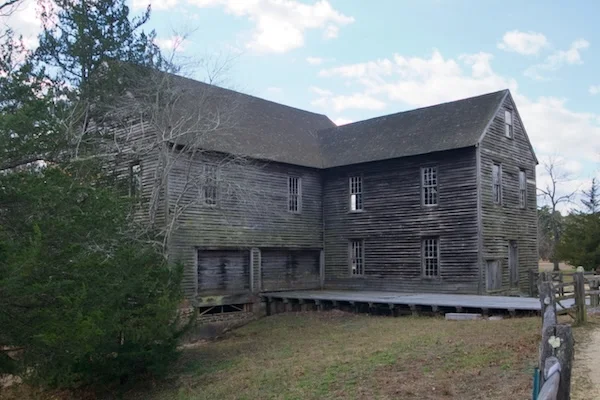

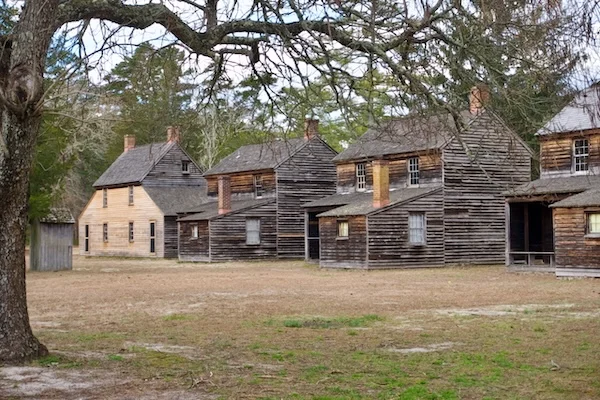
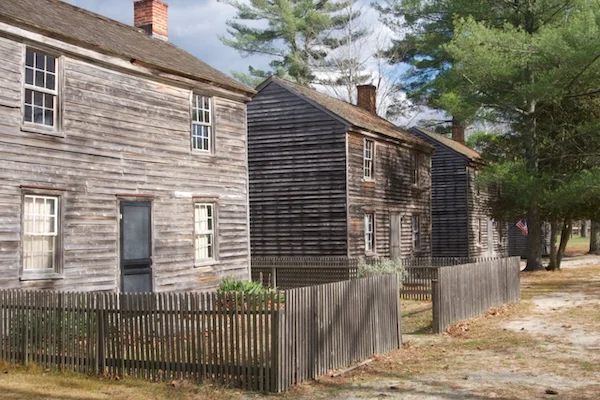
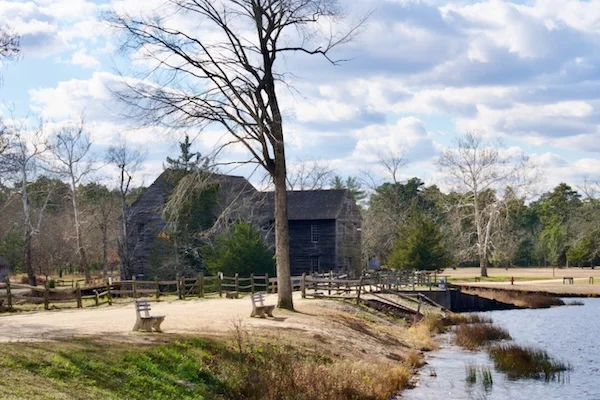
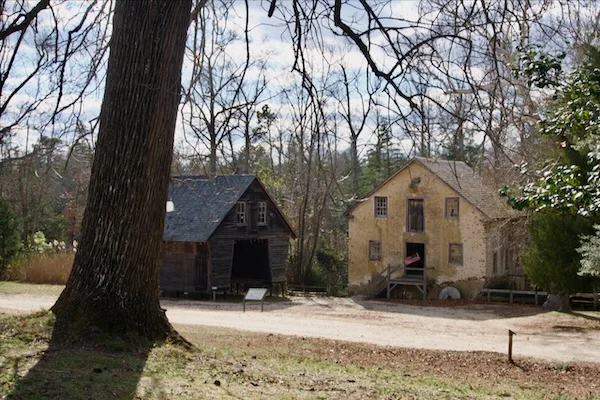

I loved walking through this historic town with its authentic historic structures, including the workers’ cottages, the Blacksmith Shop, and the still-operating Post Office. Almost everything here is made of materials that were never built for eternity. I understand better now why in many older American towns hardly anything from the past is still standing. Batsto’s structures are visible today only because they were intentionally preserved. Thankfully! It provides such a valuable insight into how people lived and worked in the past.
The Hidden Water Beneath Wharton State Forest
Since the historic site is located deep in the heart of Wharton State Forest, we started our hike on the Blue Trail directly from the historic village. Our hike along Batsto Lake further highlighted why the Pinelands are also known as the Pine Barrens: while walking on the trail, we were surrounded by sandy, low-nutrient soil for miles, the kind of sandy soil where only pines can thrive. We hiked part of the Batona Trail, a famous 53-mile trail that runs through the pines, connecting several state forests.
xx
Joseph Wharton, for whom the forest is named, originally had plans to tap the groundwater beneath these very pines; under this sandy ground lies a giant reservoir with 17 trillion gallons of clean drinking water. The State of New Jersey ultimately blocked him from doing so and went even further to protect the aquifer from exploitation. The state purchased the impressive 122,880 acres from Wharton’s heirs, and the area officially became Wharton State Forest on December 30, 1954. That decision saved not only the aquifer, but also the rivers and wetlands that are fed by it. Today, Wharton State Forest serves as the heart of wilderness and conservation within the Pinelands National Reserve.



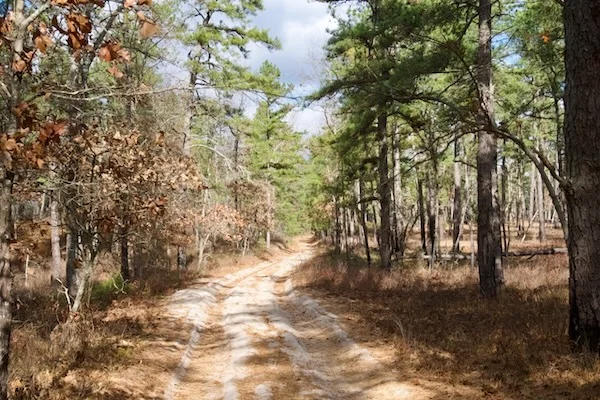
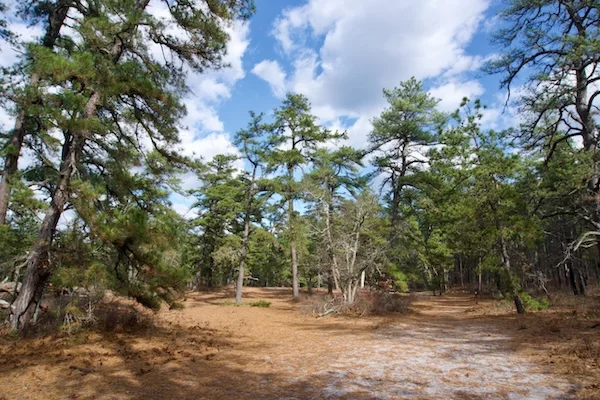

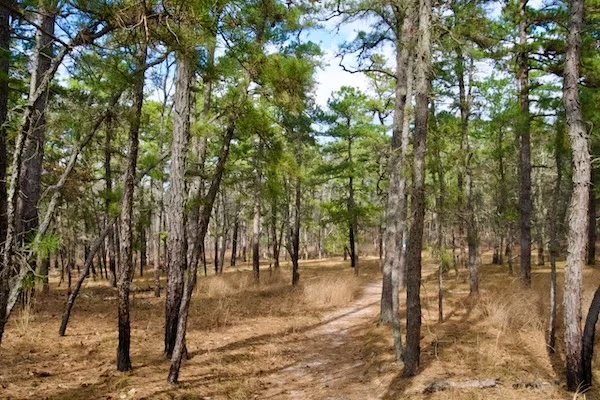
Beyond the Pines, Exploring the Salt Marshes of Forsythe NWR
- November 13, 2025
- 0.58 mi
- 14:30 min
- 56 °F
Our last exploration of the Pinelands National Reserve took us to the Edwin B. Forsythe National Wildlife Refuge! Here, we had a completely different view of the Reserve; instead of being surrounded by forests, we were in a landscape of salt marshes, bays, and barrier islands.
These salt marshes might look like simple waving acres of yellow grass, but they are a vital link in the coastal food chain, providing essential nutrients for crabs, fish, and the enormous flocks of birds that pass through New Jersey’s impressive 245,000 acres of marshland.
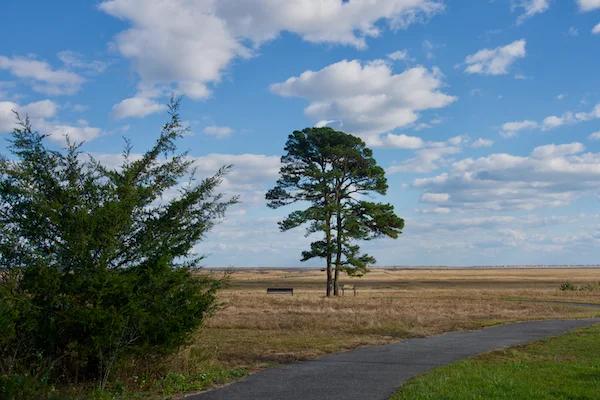
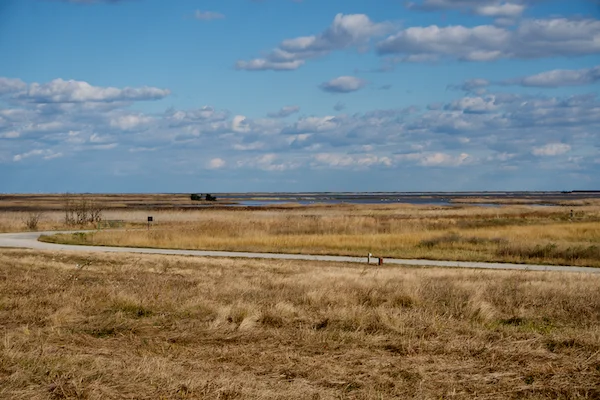

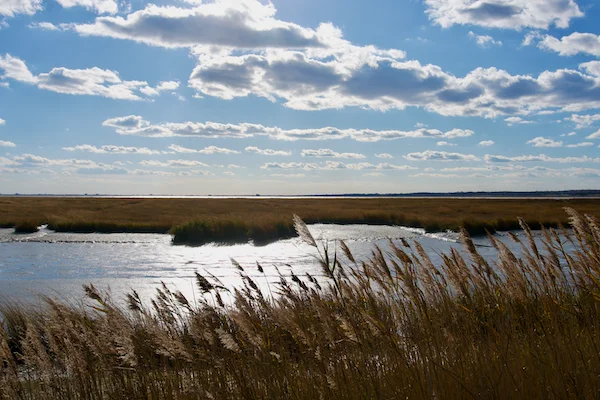

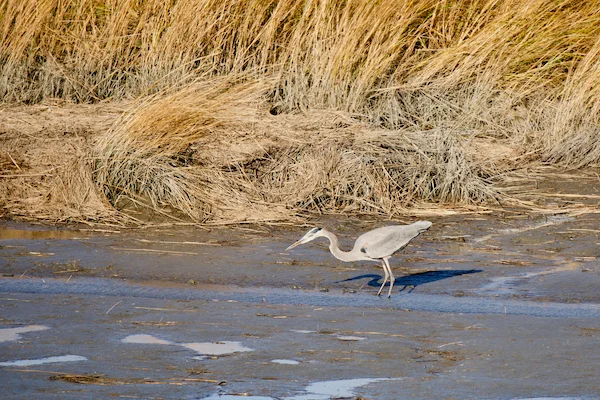
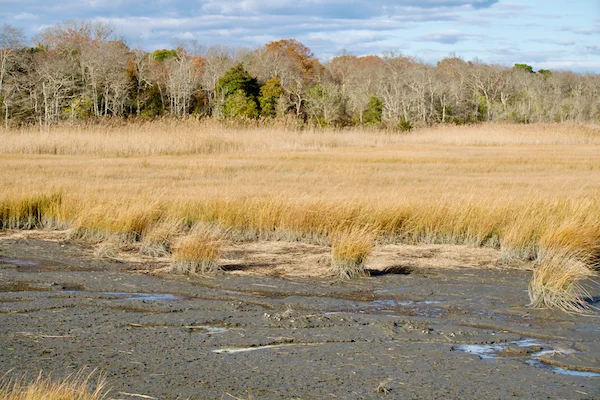

After a short walk near the visitor center, we drove the 8-mile self-guided Wildlife Drive, passing through saltwater marshes, freshwater habitats, and upland forests. This area is internationally known as a birding “hotspot,” and though we only spotted familiar friends, like a seagull and a heron, it was still amazing just to see the heron patiently waiting and catching its prey.
